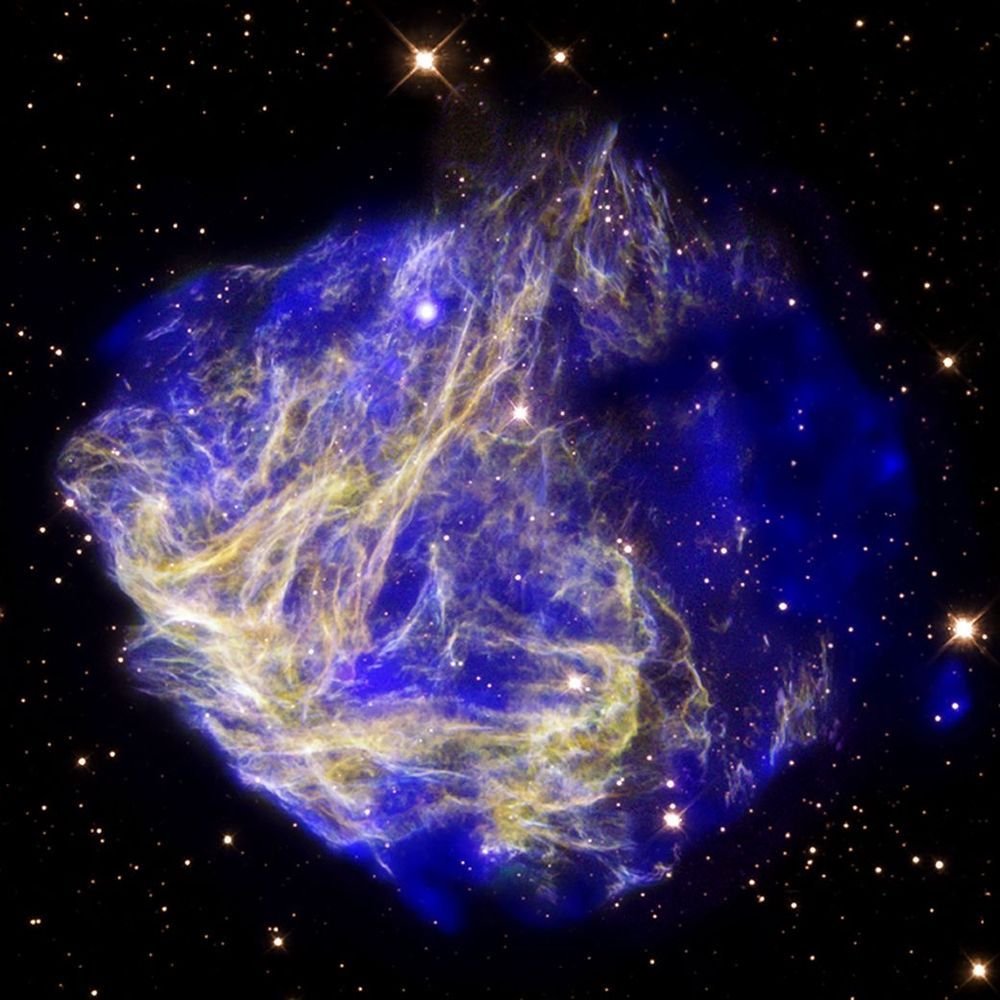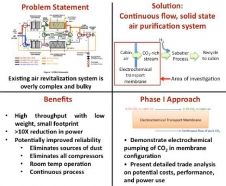Jun 14, 2019
Origins of Saturn’s rings are uncovered thanks to NASA’s Cassini probe
Posted by Alberto Lao in categories: particle physics, space
Exactly how and when the Saturn’s rings formed is an issue that has fascinated astronomers and planetary scientists for centuries.
The rings are made mostly of particles of water ice that range in size from smaller than a grain of sand to as large as mountains.
Continue reading “Origins of Saturn’s rings are uncovered thanks to NASA’s Cassini probe” »

















